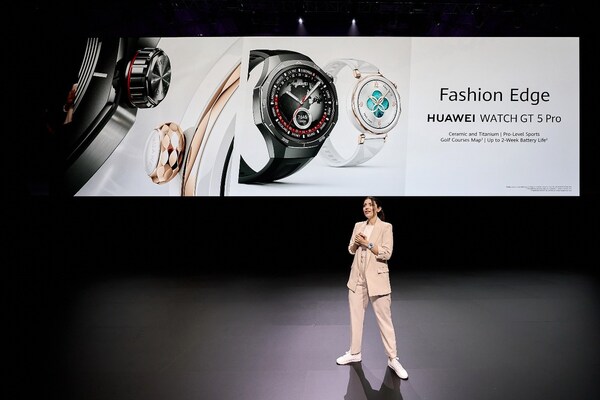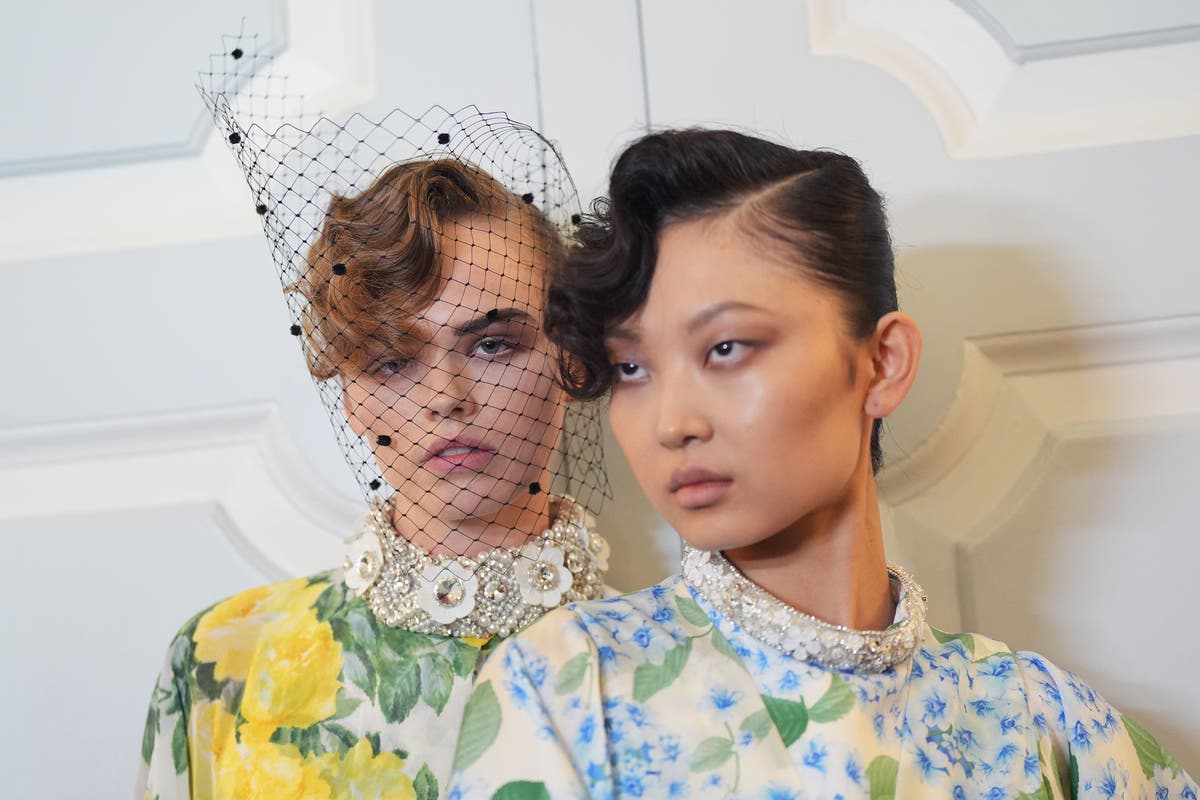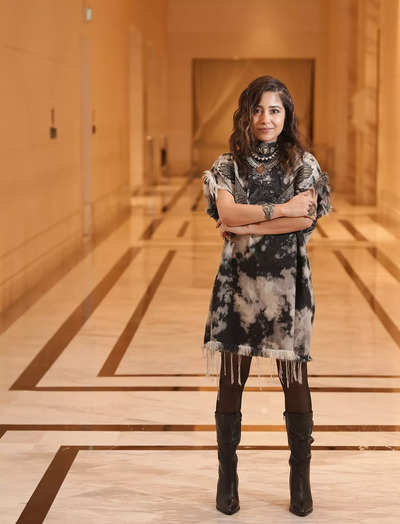The recent resurrection of film and instant film cameras never really interested me until a few months ago. I love shooting digital, mostly because I can just keep going until my heart is content, but that was until I discovered this gem of an instant film camera. The offers me more than just a quick shot and instant print; it offers me a hybrid solution where I can snap images and then decide later if I want to print them or not.
This, for me, was a game changer compared to the other line of Instax or Polaroid cameras. For a recent wedding, I wanted to try something new alongside my traditional way of photography. I wanted to do something fun and different, while also surprising the bride and groom with something they can cherish until the proper wedding photos were edited and delivered.

After doing a lot of research, I decided to go down the route of a Polaroid-style camera for that beautiful film aesthetic and the chance of delivering some fun images there and then, but the big worry for me was wastage. What if all the images I took and printed right away were rubbish? The film for a Polaroid can be expensive, especially if you are a trigger-happy shooter. So, I needed a solution, and that is when I discovered the .
There are two major reasons why the Fujifilm Instax Mini Evo was a no-brainer for me, the first being a digital LCD on the back of the camera. Having this functionality allowed me to preview the image before capturing it as well as review the shots after to see what I have captured before deciding whether it is worth printing or not. That is the second major benefit to me.
With traditional instant film cameras, the second you take the image, it prints, so even if your photo was rubbish, you end up wasting so much of your film. With the Instax Mini Evo, you can delete the images you do not like off the Micro SD card in the camera, and then print the images you do like. You can print the images weeks later if you wish, it does not matter.
Having a Micro SD card in the camera gives you so much flexibility, it was fantastic! You can even print the same image multiple times if you wish, which means you could hand out copies to different members of the family for them to treasure. The Instax Mini Evo comes with Bluetooth, which means you can download the Mini Evo app on your phone and connect to the camera. There are different functions available to you via the app, such as Direct Print, Remote Shooting, and Transferred Images.
The Direct Print option is interesting. With this, I can send any images I want to the app. I can send images I have taken on my phone, or perhaps images I have taken on my main camera body, which I have edited and transferred to my phone and print them using this function.
You can do some rough extra edits in the app if you want, such as cropping, filters like Mono, Sepia, and Auto, or do some basic corrections like Brightness, Contrast, and Saturation. The Remote Shooting option is not something I have used. You can have a live view screen and pop the camera on a stable surface or tripod if you wish and use this function to capture images.
I have heard it can be quite laggy, but at this moment in time, it is not a feature that interests me. Finally, we have the Transferred Images section. This has its benefits and also a negative for me.
For any images you have printed, you can send them from the camera to the Transferred Images section and then download them to your phone for sharing on social media. This is a nice function to have, but for me, I think it is a pain that you can only transfer the images from the camera that you have printed. I would love to be able to easily transfer all images across to my phone to maybe edit in Lightroom Mobile or another app, to then send back to the Direct Print section.
This would be great when on the go, at a wedding or event, for example. As I touched on before, the does have a card slot for a Micro SD card, and this allowed me the ability to offload the images onto my laptop where I could give them a slight edit if I wished. When offloading the images, they do not have any frames, etc.
, and just appear as normal. The file sizes were around 2 MB JPEGs, so not the largest of files by any stretch, but I would not have expected them to be that big either. Having this flexibility is a nice touch and gives you the opportunity to provide different versions of the images.
The camera does feature a flash, although I was using the camera during nice light, so it is not something I have played around with just yet. There is also the option to select 10 different lens effects and 10 different film effects, which you can combine. This gives the possibility of 100 different photo styles to play around with.
Another nice feature is the little selfie mirror on the front, so you can easily frame yourself and perhaps a loved one in your images. The latest version of the Instax Mini Evo is USB-C compatible, so very easy to charge, and the battery life is decent to last around 100 shots, which I think is plenty. There is a lot to love about the .
I never thought I would be the type to buy one, but it adds something different when capturing weddings or other events. It is something fun, candid, and exciting. I am traveling to Las Vegas on vacation in November, and I will absolutely be bringing the camera along with me to capture some fun snaps.
For $199, it is affordable if you want to do something different. With no wastage, you do not need to spend a load of money on film and can shoot as carelessly as you want if you so wish and just delete the bad images at your own leisure. I think the camera is great and a must-buy for anyone who loves this style of camera or who wants to try something different.
Greg Sheard is a Scottish based photographer, focusing on wildlife, landscape and portrait work. Greg's mission in life is too help those who suffer with mental health issues and be a voice for the millions of people around the world who need that care, attention and awareness..



















